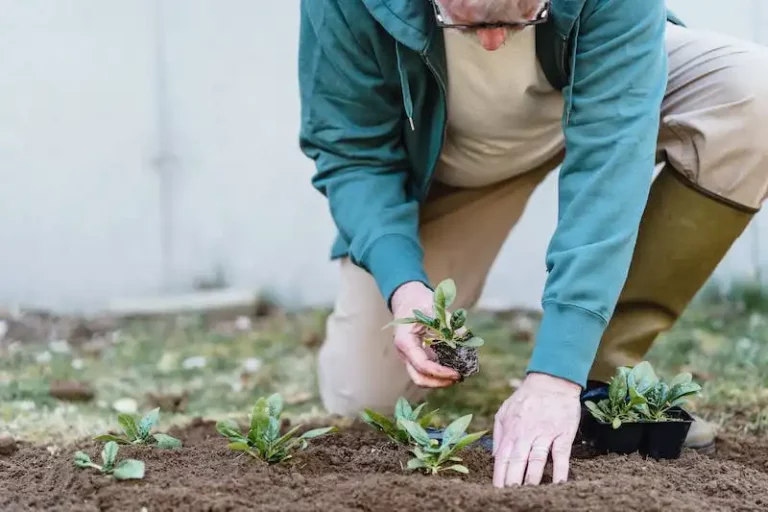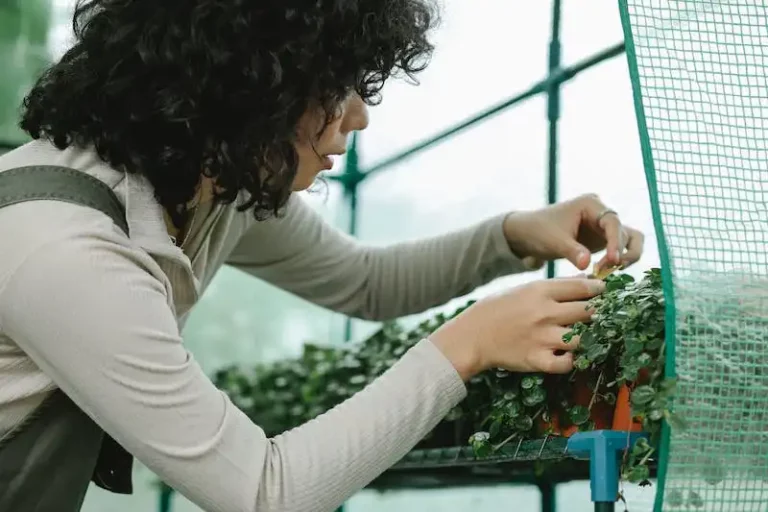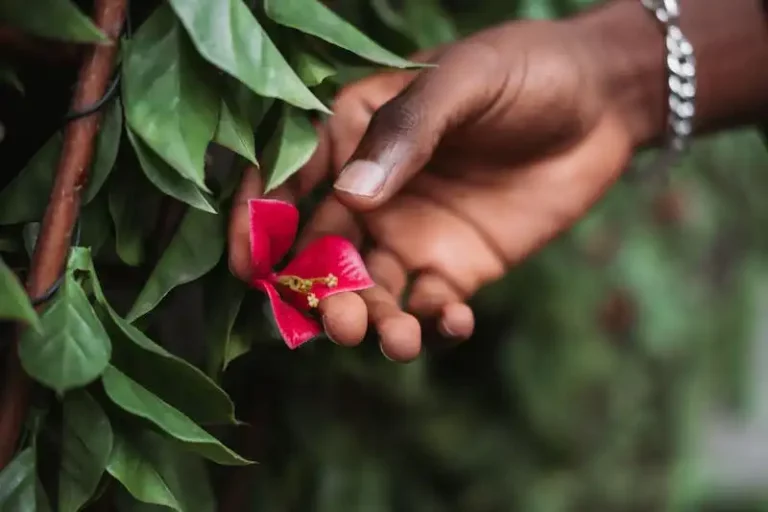Welcome to the enchanting world of the Garden of Eaden, a paradise filled with vibrant colors and lush greenery. This article will take you on a journey through the magical realm of chrysanthemums, beautiful flowers that can easily add a touch of elegance to any home or garden. Chrysanthemums, often referred to as “mums,” come in various types, including small-flowered, large-flowered, and decorative pompom varieties. They are known for their ability to thrive in well-drained soilbed and full sunlight, making them a popular choice among gardeners.
One of the advantages of growing chrysanthemums is their resistance to diseases, such as spider mites and fungus, which can disfigure other types of flowers. These hardy plants require minimal care and can be easily controlled through simple gardening methods. For example, pinching the growing tips of the plants when they reach a certain height will promote branching and result in more flowers.
Dividing chrysanthemums is another method to keep them healthy and encourage their spread. This is usually done in the spring or fall, when the plants are dormant. By dividing the roots and replanting them, gardeners can create new blooms and prevent overcrowding. When dividing chrysanthemums, it is important to water them well and keep them adequately staked, as their large-flowered heads can become quite heavy.
If you are new to gardening, don’t worry – the Garden of Eaden has plenty of tutorials and resources to guide you on your journey. Whether you are interested in growing chrysanthemums from potted plants or starting from seeds, you will find all the information you need to succeed. With a little research and care, you will soon be able to enjoy the beauty and charm of chrysanthemums in your own home or garden.
Join the Garden of Eaden and discover the joy of growing chrysanthemums. These versatile flowers will add a splash of color to any space, from a small balcony to a sprawling garden. So, grab your gardening tools and let your creativity bloom!
Tutorial: Propagating chrysanthemums from cuttings
Chrysanthemums are beautiful flowers that come in a variety of shapes and colors. If you are interested in expanding your garden or simply want to add more chrysanthemums to your landscape, propagating them from cuttings is a great option. In this tutorial, we will guide you through the process of propagating chrysanthemums from cuttings.
First, you will need to select the stems from which you will take your cuttings. Look for healthy, well-formed stems with no signs of disease or damage. It is best to take cuttings from the side branches of the plant. Avoid taking cuttings from the main stem, as this can weaken the plant.
Next, you will need to prepare a rooting medium for your cuttings. A mixture of equal parts peat moss and perlite works well. Fill a small container with the rooting medium and water it thoroughly. Make sure the rooting medium is evenly moist, but not soggy.
Now it’s time to take the cuttings. Using a sharp, sterile knife or pruners, cut a branch from the mother plant. The cutting should be about 3-4 inches long and include at least one set of leaves. Remove any lower leaves from the cutting, leaving only a few leaves at the top. This will help reduce water loss and promote root development.
If you are working with large-flowered chrysanthemums, you may want to pinch off the flowerbud to divert energy to root development. However, if you are propagating small-flowered chrysanthemums, you can leave the flowerbud intact.
Dip the cut end of the stem in rooting hormone, which will help stimulate root growth. Shake off any excess hormone and insert the cutting into the prepared rooting medium. Gently press the medium around the stem to ensure good contact.
Once all the cuttings are planted, place the container in a location where it will receive bright, indirect light. Keep the rooting medium evenly moist, but not waterlogged. Avoid overwatering, as this can cause the cuttings to rot.
After a few weeks, the cuttings should start to develop roots. You can gently tug on the stem to check if there is resistance, which indicates that roots have formed. At this point, you can transplant the rooted cuttings into individual pots or directly into the garden. Be sure to harden off the plants by gradually exposing them to outdoor conditions before planting them in the garden.
Chrysanthemums are hardy plants that can thrive in a variety of growing conditions. They prefer full sun and well-draining soil. If you live in areas with harsh winters, it is best to select hardy chrysanthemum varieties that can withstand frost.
In conclusion, propagating chrysanthemums from cuttings is a relatively easy and reliable method of propagation. With a little patience and care, you can easily grow a large number of new chrysanthemum plants. So why not give it a try and add some beautiful blooms to your garden or landscape?
Rooting cuttings of chrysanthemums
To propagate chrysanthemums, one method is to take cuttings. This involves planting stem cuttings from a healthy chrysanthemum plant in favorable conditions to encourage root growth. Here are three simple steps to begin propagating chrysanthemums from cuttings:
1. Taking the cuttings: Choose a healthy chrysanthemum plant with new growth and buds. Select a stem with several nodes and remove any flowers or buds. Cut the stem at a 45-degree angle just below a node to create a cutting about 3-4 inches long.
2. Preparing the cuttings: Remove the lower leaves from the stem, leaving only a few leaves near the top. Make sure the leaves are intact and free from any signs of disease or pests. Dip the cut end of the stem into a rooting hormone to promote faster root development.
3. Planting the cuttings: Prepare a pot or a soilbed with well-draining soil. Create a small hole or trench for each cutting. Place the cuttings into the holes, burying the bottom node and keeping the top leaves above the soil surface. Firmly press the soil around the cutting to ensure good contact with the soil. Water the cuttings evenly and keep the soil moist but not waterlogged.
Chrysanthemums are known for their ability to thrive in various conditions, but they prefer fertile, well-draining soil and a location with partial to full sun. Ensure that the planted cuttings are in an area with indirect sunlight to prevent them from getting burned or dried out.
As the cuttings take root, new growth will begin to appear, indicating successful propagation. Keep an eye out for any signs of disease or pests, such as dead or disfigured leaves, fungus growth, or wilting. If any issues arise, take appropriate measures to prevent the spread of disease or pests to other plants.
Chrysanthemums can also be propagated through division, where the plant is carefully split into separate sections. This is usually done in early spring or fall when the plant is not actively blooming. Division is a suitable method for spreading out chrysanthemums or creating new plants from a mature specimen.
In conclusion, chrysanthemums can be easily propagated from stem cuttings, giving gardeners the opportunity to expand their collection of these beautiful flowers. With proper care and attention, the cuttings will soon develop into healthy chrysanthemum plants ready for disbudding and blooming.
The Garden of Eaden
The Garden of Eaden is a small-flowered paradise that has been flourishing for many years. Its landscape is carefully designed to spread beauty and tranquility to all who visit. With the right tools and knowledge, anyone can create their own Garden of Eaden.
One of the key elements in maintaining a beautiful garden is understanding the climate and weather conditions. Different plants thrive in different environments, so it’s important to choose plants that can withstand the local climate. Leaves and flowers should be kept clean and healthy, as they are the lifeblood of any garden. Regular maintenance, such as watering and fertilizing, is also essential.
When it comes to propagating plants, there are several methods that can be used. For decorative plants like mums, carefully removing the buds and circulating the required ball of soil will encourage new growth. Wisteria can be rooted easily by taking a cutting from a healthy branch and planting it in a well-drained potting mix.
Anemone is another plant that is easy to propagate. Simply take a cutting from the root ball and plant it in a moist, well-drained soil. With proper care and attention, the cutting will develop into a thriving plant.
Caring for chrysanthemums involves disbudding, which is the removal of auxiliary buds to encourage the growth of the main flower. This tutorial will teach you how to properly disbud your chrysanthemums.
To join the conversation and learn more about gardening techniques, visit our Garden of Eaden forum. With the right care and maintenance, your garden will thrive and become a lush green oasis.
Researching plants before bringing them home is essential to ensure that they will thrive in the garden. Direct sunlight, fertilizing, and providing proper nutrients are all important aspects of plant care. It’s also important to be mindful of pests and diseases that can damage your plants.
Iris is a beautiful variety of flower that can be left in the ground over the winter. The bulbs should be planted in late summer or early fall to ensure they get enough time to establish roots before the frost arrives.
Cliffrose is a hardy plant that can thrive in rocky, mountainous conditions. It requires minimal care and can grow in a variety of soil types. Its fragrant flowers and evergreen leaves make it a popular choice for home gardens.
In conclusion, the Garden of Eaden is a haven for plant lovers. With proper care and attention, any garden can become a beautiful sanctuary. Whether you’re a novice gardener or an experienced green thumb, the Garden of Eaden is here to help you achieve your gardening goals.
Growing and Propagating Chrysanthemums
Chrysanthemums, also known as mums, are beautiful flowering plants that come in a variety of colors and shapes. They are a popular choice for home gardens and landscaping due to their vibrant blooms and easy cultivation. If you want to add these gorgeous flowers to your garden, here are some tips on growing and propagating chrysanthemums:
Choosing the right variety and location
- Before planting chrysanthemums, it’s important to choose the right variety based on the desired flower shape and color.
- Chrysanthemums thrive in well-drained soil and prefer a sunny location. They can tolerate some shade, but they will have fewer flowers.
- Ensure that the soilbed is prepared with organic matter and is properly drained to avoid waterlogging.
Planting and caring for chrysanthemums
- Chrysanthemums can be planted in the spring or fall. They should be watered daily until they’re established.
- Pinch back the growth tips of the plants when they reach about 6 inches in height. This will encourage bushier and healthier growth.
- Staking may be necessary for taller varieties to prevent them from bending or breaking under the weight of the flowers.
- Chrysanthemums can be divided every few years to maintain their vigor. This can be done by carefully dividing the roots and stems.
Propagating chrysanthemums
- Chrysanthemums can be propagated through division, cuttings, or seeds.
- Taking stem cuttings is the most common and easiest method. Cut a 3-4 inch stem from a healthy and disease-free plant, remove the lower leaves, and plant it in a well-drained potting mix.
- Keep the cuttings in a greenhouse or cover them with a plastic bag to maintain high humidity and warmth. Roots should develop within a few weeks.
- Once the roots have formed, the new plants can be transplanted into the garden.
Caring for chrysanthemums in winter
- In regions with harsh winters, chrysanthemums need protection. Mulch the plants with straw or leaves to insulate their roots from freezing temperatures.
- After the first frost, cut back the stems of the plants to about 6 inches above ground level.
- In early spring, remove the mulch and any dead or diseased foliage.
By following these guidelines and doing some research on the specific variety of chrysanthemums you have, you can enjoy a beautiful display of these flowers in your garden or even participate in a chrysanthemum show. Happy gardening!



